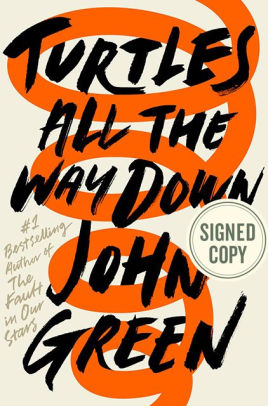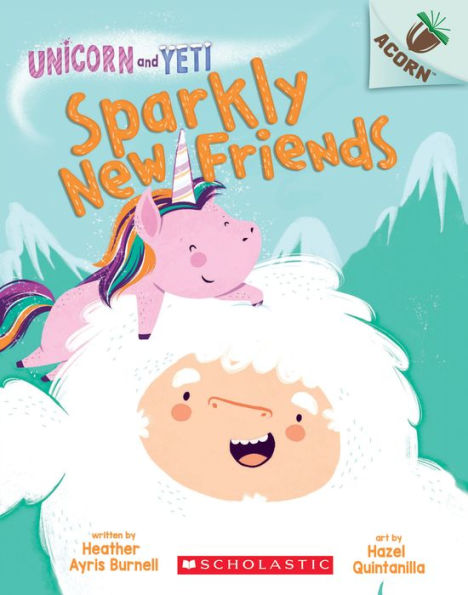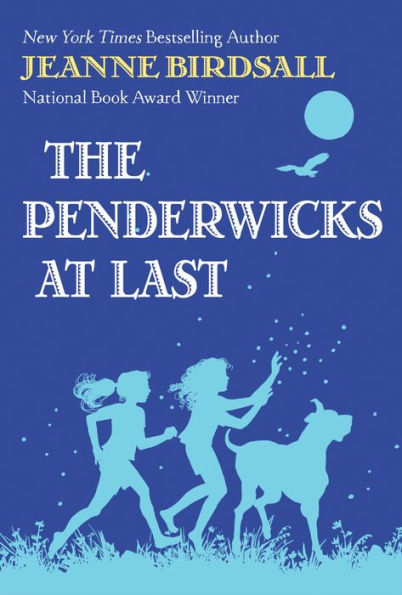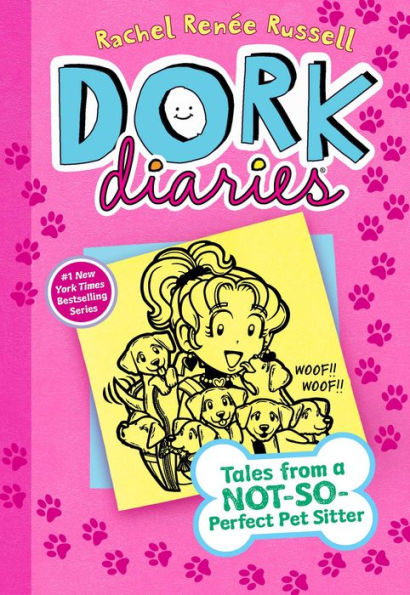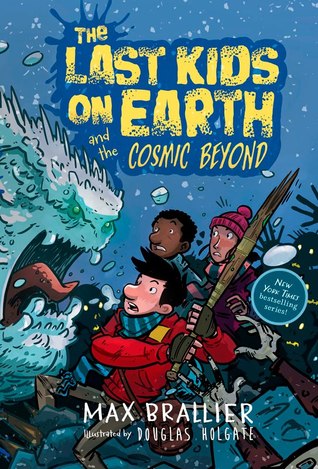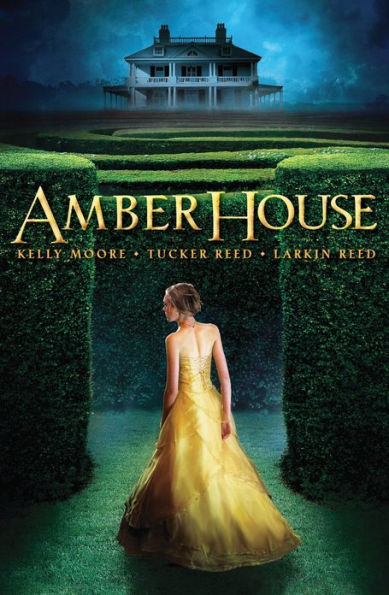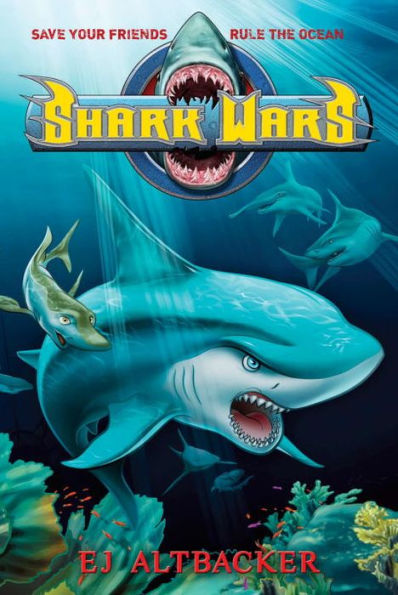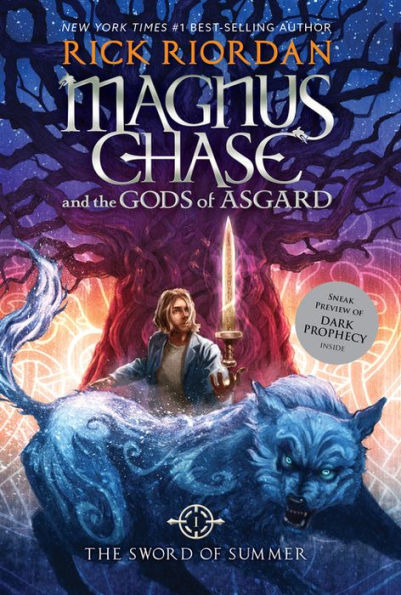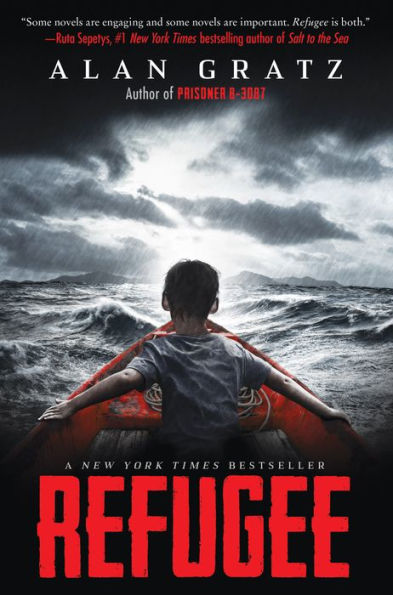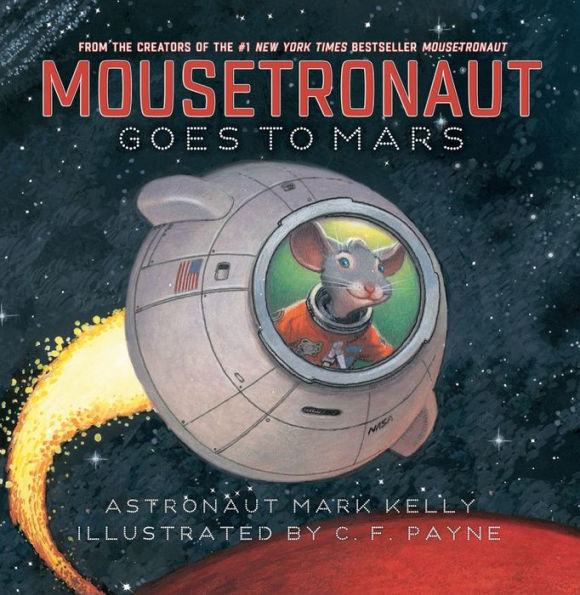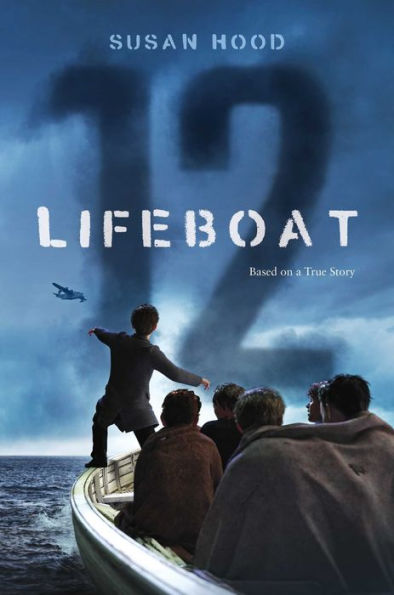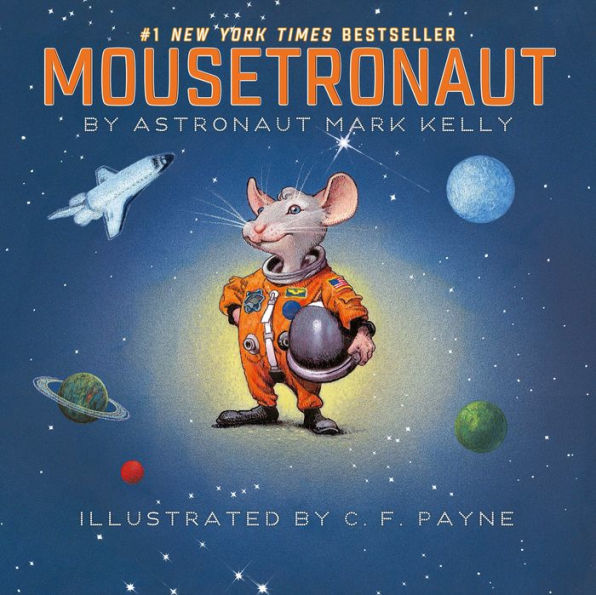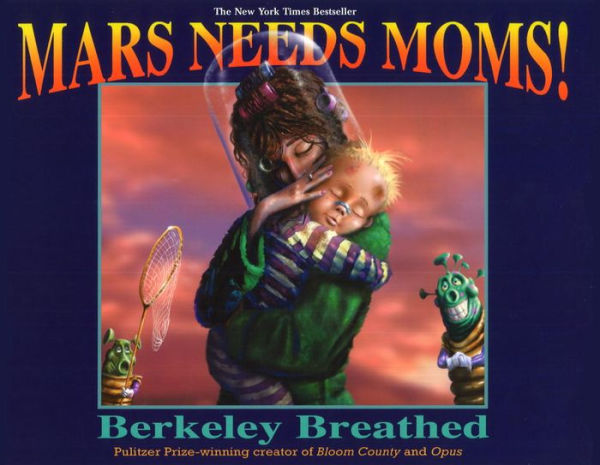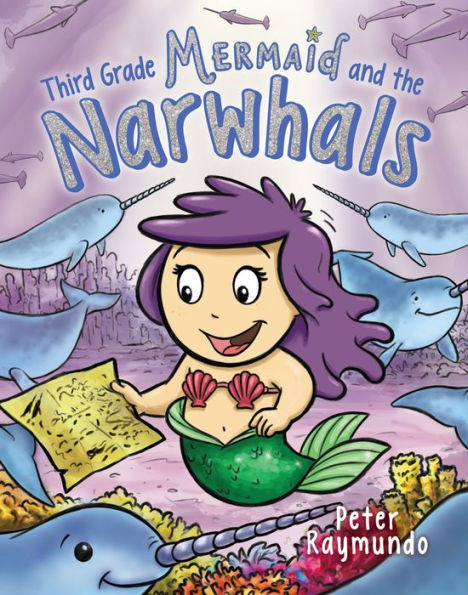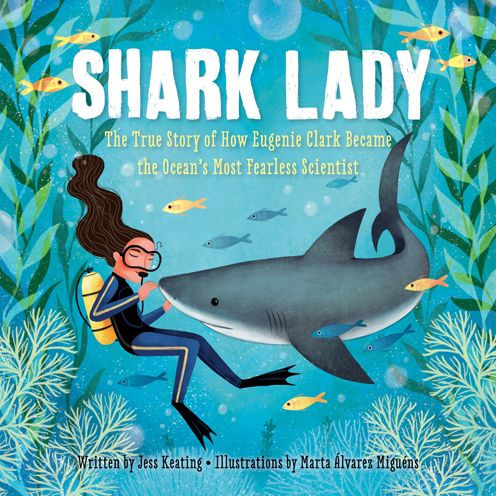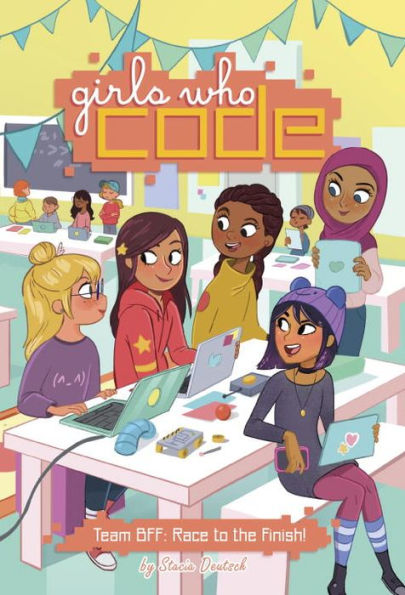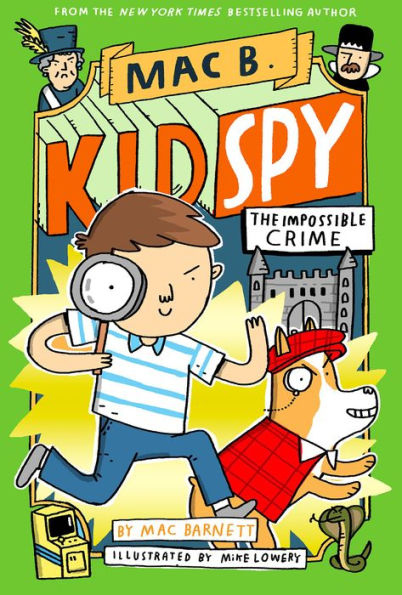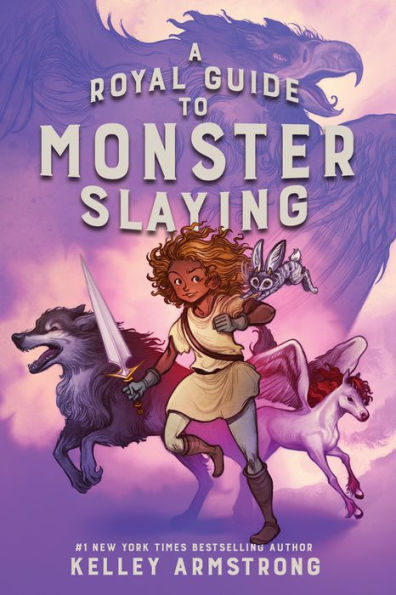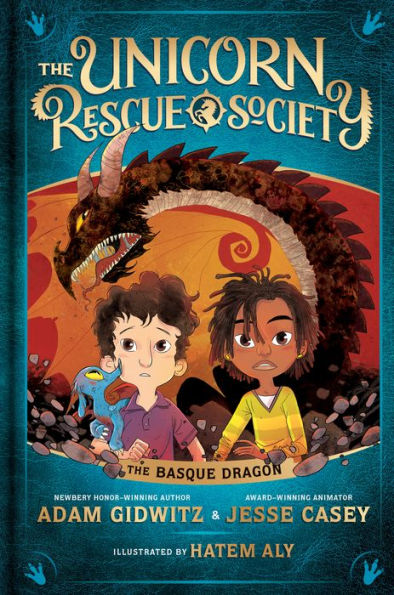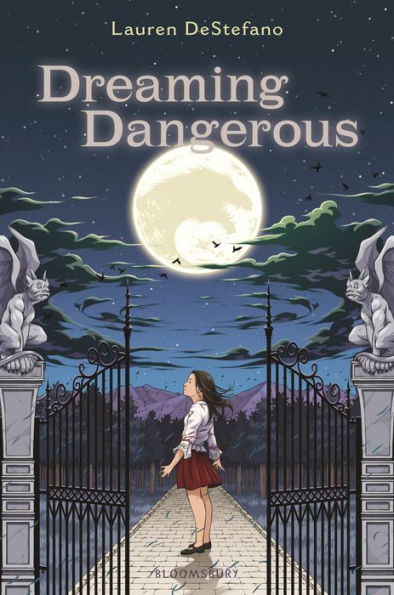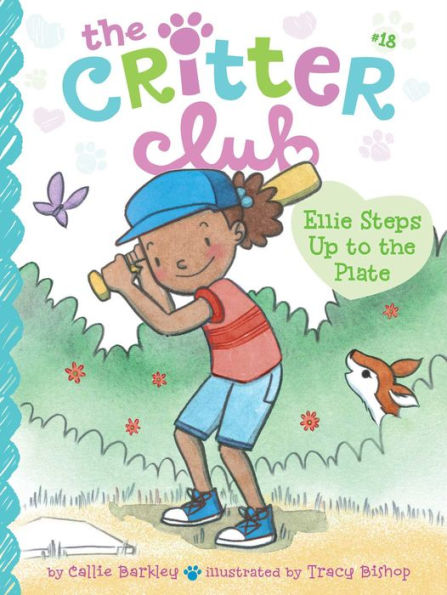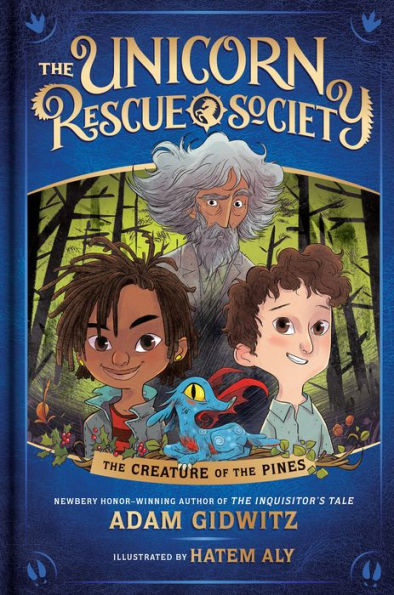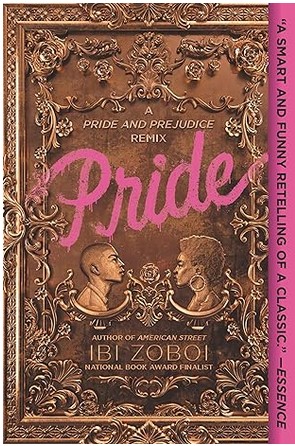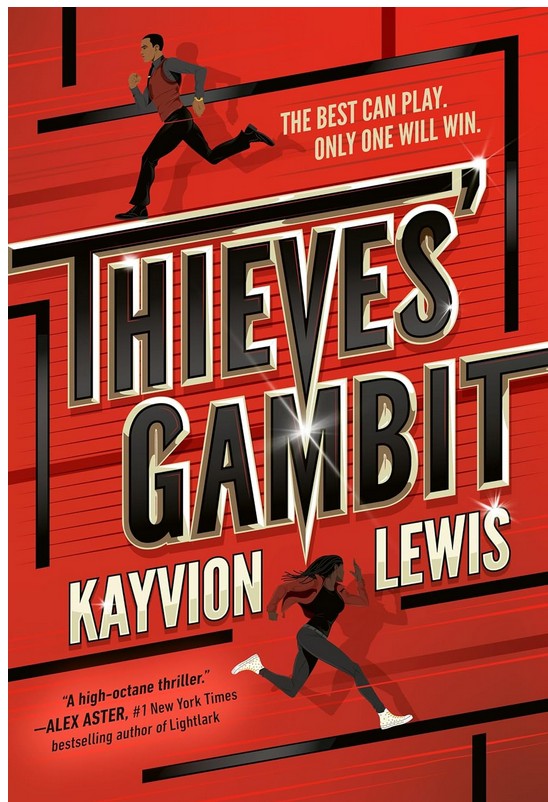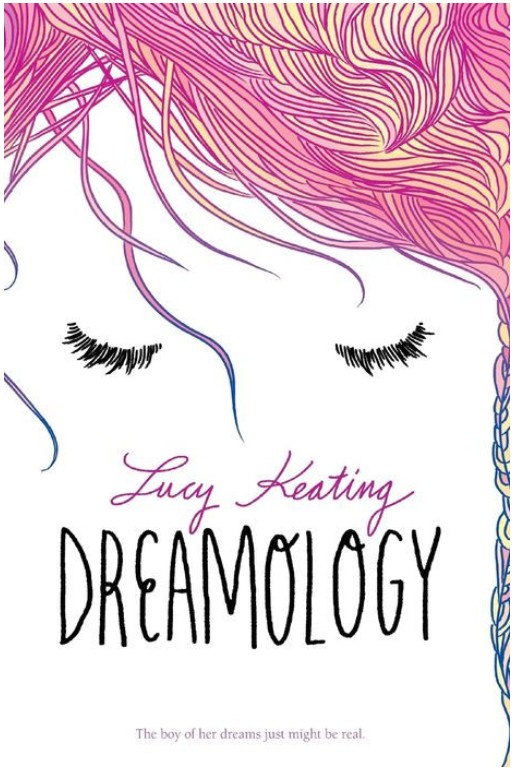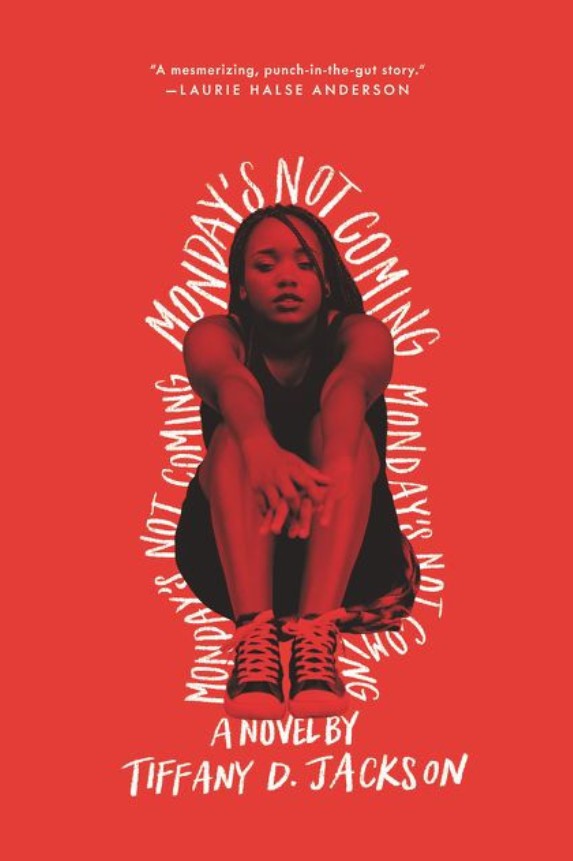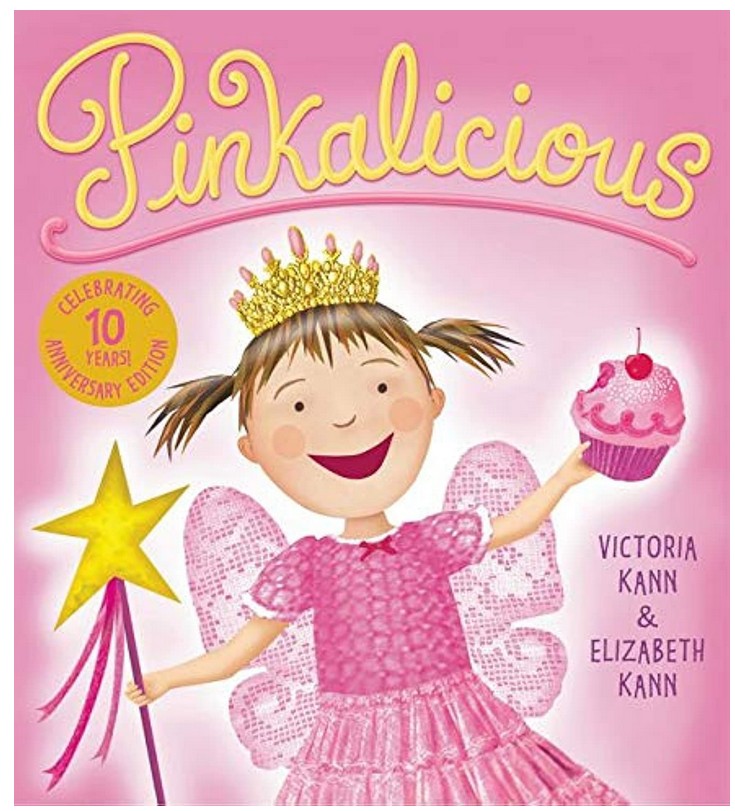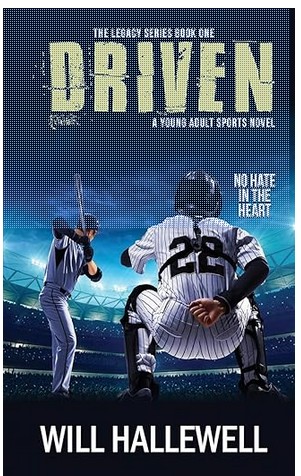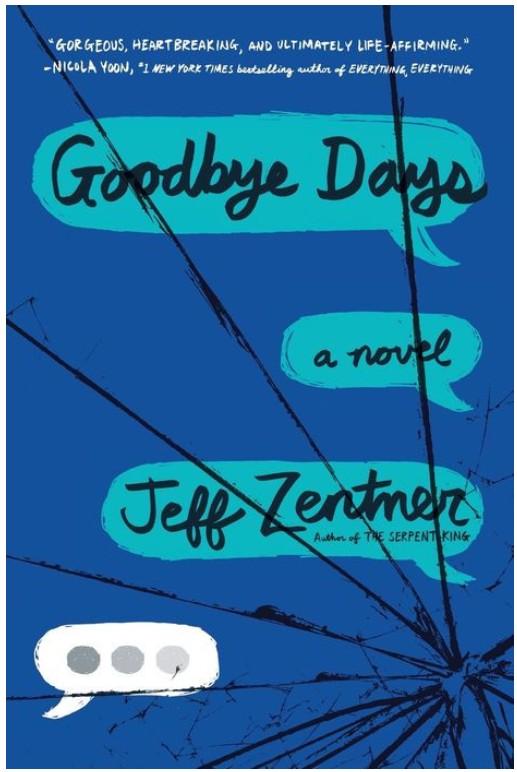Aza and Davis haven’t spoken in years. Their childhood bond fizzled as the distance of adolescence separated their lives. Then Davis’s father, multi-billionaire Russell Pickett, goes missing the night before the police raid his house. Aza doesn’t plan to pursue the mystery of Russell Pickett’s whereabouts. But there is a one-hundred-thousand-dollar reward, and, as Aza’s best friend Daisy likes to point out, shouldn’t they take advantage of a childhood friendship?
Meanwhile, Aza is grappling with an ever-tightening mental spiral of her own thoughts. Every day she must fight to regain control and stop her fears from consuming her. This story of first love, mystery, and mental health blends effortlessly to create one of John Green’s finest works to date.
Many sensitive topics are discussed and analyzed in this novel, making it a teen must-read. Aza’s difficulties coping with depression and OCD are beautifully articulated, giving the reader a greater understanding of these issues. Aza battles mental health challenges while navigating the complications of everyday life, making this a relatable story for readers who may feel overwhelmed by the weight that life can carry.
However, this story is not for the faint of heart. Younger readers may be disturbed by the sensitive issues the story explores, including the loss of a parent, intense mental health issues, burgeoning teen sexuality, and abandonment. There is also a fair amount of unnecessary profanity that may not be appropriate for younger readers.
The importance of parental figures in the novel highlights an aspect of teen life that is often overlooked in young adult fiction. The parents are presented in the wake of traumatic events as multi-dimensional characters, a contrast to how they are often depicted in other young adult novels.
Fans of John Green’s previous works will not be disappointed as Turtles All the Way Down carries his familiar style and packs the emotional punch that readers have grown to expect from his work. Although the story drags in places, Turtles All the Way Down will delight, inspire, and captivate readers through the masterful use of words, emotions, and thorough development of characters.
Sexual Content
- Daisy writes fanfiction about Chewbacca’s love life. “In my fic, Chewbacca and Rey were in love. He’s saying it is—and I am quoting—‘criminal’ because it’s interspecies romance. Not sex, even—I keep it rated Teen for the kids out there—just love.” She later defends her argument against human males in the Star Wars universe. “Nobody complains about male humans hooking up with female Twi’leks! Because of course men can choose whatever they want to bone.”
- Daisy tells David that Aza had a crush on him when they were children. Daisy says, “Holmsey here told me she had a crush on you when you were kids . . . And I was, like, let’s go see him, I bet it’s true love.”
- The idea of being in a romantic relationship makes Aza feel anxious. “I definitely felt attracted to some people, and I liked the idea of being with someone, but the actual mechanics of it didn’t much suit my talents. Like, parts of typical romantic relationships that made me anxious included 1. Kissing. . .”
- During a dinner conversation, Daisy asks Aza if “you ever gotten a dick pic? . . . I mean have you ever received an unsolicited, no-context dick pic. Like, a dick pic as a form of introduction.” Daisy then hands Aza a picture that she received on her phone, to which Aza replies, “Yeah, that’s a penis.”
- Russell Pickett had been sued several times for sexual harassment allegations in the past. These incidents are not described.
- When Daisy is nervous about going on a date with Mychal, she confides in Aza. “I have not actually made out with a human being in ”
- Aza has a forearm fetish. “I’m not sure why, but I’ve always been pretty keen on the male forearm.”
- Aza wants to kiss Davis, despite her anxiety towards germs. “I wondered why I wanted him to kiss me, and how to know why you want to be with someone, how to disentangle the messy knots of wanting.”
- Aza accidentally walks into a room where “Daisy and Mychal were kissing in a large four-poster bed.”
- After her first date with Mychal, Daisy weighs the possibility of their future relationship when she has a conversation with Aza. “I actually think upon close examination he is hot. And in general, quite charming and very sexually open and comfortable, although we didn’t do it or anything.”
- When Aza asks Davis to read his poetry to her, he says, “Reading someone’s poetry is like seeing them naked.” Aza responds to this by saying, “So I’m basically saying I want to see you naked.”
- After a few times hanging out, Aza and Davis make out. Aza “liked feeling his body against mine, one of his hands tracing my spine . . . I felt my chest tighten, his cold lips and warm mouth, his hands pulling me closer to him through the layers of our coats.” The scene lasts about two pages.
- When Davis drops Aza off at her house, he “kissed me chastely on my sweaty lips.”
- Due to her anxiety and the constant spiral in her mind, Aza finds kissing terrifying. She always starts making out with Davis, but once the overwhelming fear of shared microbes takes over, she must pull away. Her therapist says that her anxiety is causing intimacy issues.
- When Daisy greets Mychal at school, she “threw her arms around him, and kissed him dramatically on the lips, one leg raised at the knee like she was in a movie or something.”
- There is a brief make-out scene near the climax of the novel. Aza “liked the warmth of his mouth. I wanted more of it. . . I wanted to feel the brain-fuzzing intimacy I’d felt when I kissed him, and I liked kissing him. He was a good kisser.” This scene lasts about half a page.
- In his blog, Davis writes about E. E. Cummings, saying, “He wrote of love and longing. That often got him laid I’m sure.”
- Daisy wants to have a tombstone next to Aza that will say, “Holmsey and Daisy: They did everything together, except the nasty.”
- Daisy feels that her virginity is inescapable, which is a problem she had with her relationship with Mychal. Daisy is upset that “he doesn’t want to have sex unless he’s in love, and yes, I know that virginity is a misogynistic and oppressive social construct, but I still want to lose it.”
Violence
- Aza and Daisy get into a car crash in which Aza is hospitalized because she sustains serious injuries. Following the crash, Aza “lifted myself up, and the pain blinded me for a minute, but the black dots scattered so I could see the damage.”
- Aza and Daisy smell Pickett’s body rotting. They aren’t sure and do not look, but they tell Davis who later notifies the authorities. The news reports that “Pickett likely died of exposure.” The dead body is not described.
Drugs and Alcohol
- Aza takes medication for her anxiety. “I’d had a bit of a crack-up my freshman year, after which I was prescribed a circular white pill to be taken once daily. I took it, on average, maybe thrice weekly.” She also takes supplemental medication when she is feeling panicky.
- When Aza and her mom discuss how to pay for college, she says, “I’ve got plenty of time to win the lottery. And if that doesn’t work out, I’ll just pay for school by selling meth.”
- When having dinner at Applebee’s, Aza jokingly asks the server for a glass of red wine.
- When her mom asks her about her thoughts on taking medication for her mental health, Aza thinks, “I wasn’t convinced the circular white pill was doing anything when I did take it, and for another, I was not taking it quite as often as I was technically supposed to.” Later, when talking to her therapist, she says, “Who’s deciding what me means—me or the employees of the factory that makes Lexapro? It’s like I have this demon inside of me, and I want it gone, but the idea of removing it via pills is. . . weird.”
- Davis describes his father as hiding “cash like alcoholics hide vodka bottles.”
- Davis’s little brother gets caught with pot at school. This scene is not described.
- Aza begins ingesting hand sanitizer after kissing Davis in an attempt to kill the bacteria. “I pulled the hand sanitizer out of my jacket and squeezed a glob of it into my mouth. I gagged a little as I swished the burning slime of it around my mouth, then swallowed.”
- When Aza has a rough night devoid of sleep, Daisy says, “You look like you just got off work from your job playing a ghoul at a haunted house, and now you’re in a parking lot trying to score some meth.”
- After the car accident, Aza has to take large doses of pain medication.
- While in the hospital, Aza says, “Even though I was pretty high on morphine or whatever, I couldn’t sleep.”
- After Aza attempts to drink hand sanitizer in the hospital, the staff, “figured me for an alcoholic—that I’d gone to the sanitizer because I was desperate for a drink.”
- Davis’s younger brother Noah sinks into depression after their father’s disappearance. Davis remarks, “It’s like Noah’s two people almost: There’s the miniature dude bro who drinks bad vodka and is the king of his little gang of eighth-grade pseudo-badasses. And then the kid who crawls into bed with me some nights and cries.”
- Daisy, Aza, and Mychal go to an art show where they see an image of “a portly rat drinking a bottle of wine.” During the art show, wine is passed around.
Language
- Profanity is used frequently throughout the book. This includes holy shit, hell, shit, dumbass, fuck, bullshit, and asshole.
- Oh my God, Christ, God, thank God, and oh God are used frequently as exclamations.
- Daisy bemoans the ugliness of her Chuck E. Cheese uniform and calls it, “Fucking systematic oppression.”
- Davis calls his dad, “a huge shitbag.”
- After saying something a little rude to Aza, Davis says, “That probably sounded dickish.”
- Russell Pickett is described as being, “skeezy as hell.”
- Daisy pretends to be someone’s boss and says, “He went to the fucking office and emailed me scans of the fucking police report.”
- Davis says that he is “just so goddamned lonely” and that he had a “shitty day.”
- Aza talks about the parasites that she fears and says, “The parasite breeds there, and then baby parasites get crapped into the water by birds.”
- When asking Noah what he is doing in his video game, he says, “kickin’ ass and takin’ names.”
- After going on a date with Mychal, Daisy says, “Do not think I am becoming the best friend who falls in love and ditches her bitches.”
- In text messages, Davis repeatedly says that he likes Aza’s ass.
- When trapped in her mental spiral, Aza repeatedly thinks, “oh for fuck’s sake.”
- Daisy created a character in her Star Wars fan fiction that was based on Aza, and doing so was regarded as a “dick move.”
Supernatural
- Aza personifies her mental illness as a demon that is trapped within her body.
Spiritual Content
- Davis says, “Star Wars is the American religion.” Mychal responds by saying, “I think religion is the American religion.”
- Daisy laments about how adults, particularly her parents, don’t seem to care. She says, “You watch them try to fill themselves up with booze or money or God or fame or whatever they worship, and it all rots them from the inside until nothing is left but the money or booze or God they thought would save them.”
- Aza thinks about what it is to be like within her spiral or within love and she says, “I knew what it was like to be in a feeling, to be not just surrounded by it but also permeated by it, the way my grandmother talked about God being everywhere.”
by Morgan Filgas
